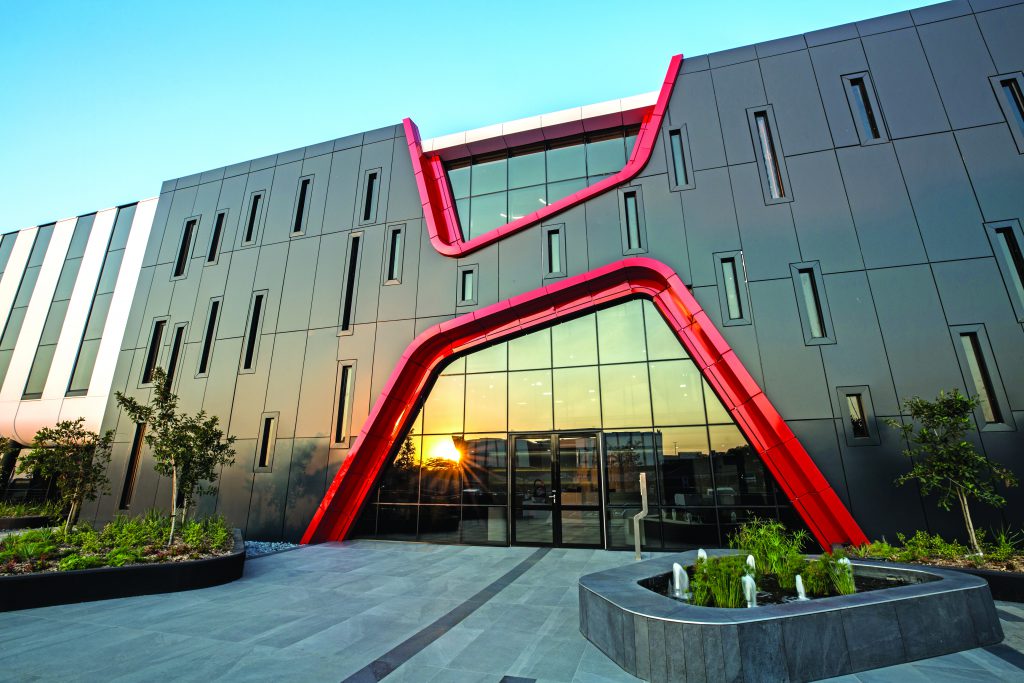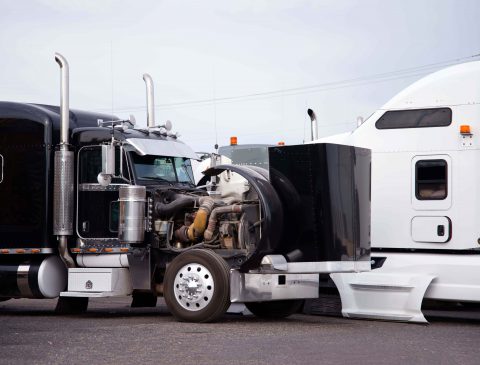Sunday Times Green
Ultra-Aware: Green And Technology
Travelling along the N1 in Johannesburg, around the Buccleuch interchange, you’ll spy a new structure. Clad in the brand’s iconic red colours, the Oracle building stands apart from its surroundings. A new development, it’s more elegant than its neighbours, but the interesting attributes of this three-storey, 7 100 square metre corporate base are all inside. Modern buildings eagerly chase green features, leveraged through new technologies, and this one is no different.
Over 50 sensors manage air conditioning and lighting across the building. In the basement, the 80-vehicle parking facility has an automated counting facility to show how many bays are available. Water is metered and harvested, waste is captured and recycled. More such capabilities are being introduced and will soon be unified.
“Screens are to be installed in the building that allow a central point of data distribution regarding the operational efficiency of the building,” explains Morena Rakometsi, assistant project manager at Oracle. “This data will be collected via a building management system. With the use of this data, we will constantly be able to fine-tune and manage the output of the building.”
Green Is In
The new Oracle building has achieved a four “green star” rating from the Green Building Council South Africa (GBCSA), and the aim is to increase that to five when solar panels and a few other touches are installed. It’s now part of an elite yet growing number of local buildings that aspire for real sustainability by using modern technologies. The GBCSA says that over 400 buildings locally have passed the certification mark in South Africa. According to The Trends 2018 SmartMarket Report, published by Dodge Data & Analytics, the number of building projects with green ambitions is growing from 27 per cent in 2018 to 47 per cent in 2021.
It’s not hard to see why. Dodge estimates that going green raises asset value by seven per cent and produces eight per cent savings in operating costs. But the main driver is a shifting attitude towards the relationship between green, occupant health and wellbeing. Internet of things’ (IoT) technologies have made such projects and outcomes far more feasible, but they are only part of the picture.
It’s not all about new technology: one of the best ways to reduce a building’s energy consumption is by better insulating it. But technology adds nuance: in Oracle’s SA headquarters, carbon sensors adjust the air quality for occupants to avoid lethargy and other effects.
It’s not all about new technology: one of the best ways to reduce a building’s energy consumption is by better insulating it. But technology adds nuance.
It’s In The Design
Sensor technologies can be very useful to retrofit older buildings, but if it’s approached on a narrow level, the green activities could aggravate other problems. Lights that are controlled by motion sensors reduce costs, but for workers who have to keep moving around to see what they’re doing, they can be annoying or counter-productive. Applying green to a building needs a deeper and broader approach to design choices — combining motion sensor data with other information, such as time of day or which access cards have been “tapped in” today can make for a better experience, but adds complexity. “The design of the Oracle building has included the inlet of natural light,” says Rakometsi. “When the sensors don’t detect movement an a desk or in a meeting room, the space is still well-lit with the natural light coming in.”






 Sign-up and receive the Business Media MAGS newsletter OR SA Mining newsletter straight to your inbox.
Sign-up and receive the Business Media MAGS newsletter OR SA Mining newsletter straight to your inbox.